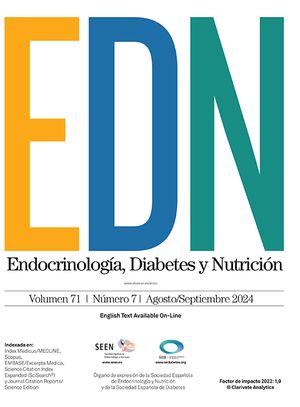La hiperglucemia es común en los pacientes hospitalizados y se asocia con mayor morbimortalidad y costes. Dado que la mayor parte de los hipoglucemiantes son ineficaces y pueden ser perjudiciales, la insulina es el tratamiento de elección en los pacientes hospitalizados. En los pacientes no críticos, idealmente, la insulina debe administrarse por vía subcutánea en régimen basal-bolo, que incluye insulina basal, nutricional y correctora. Los análogos que proporcionan un perfil de acción más fisiológico se asocian con un menor riesgo de hipoglucemia y ofrecen mayor comodidad que las insulinas humanas. Los análogos de acción rápida, como la insulina aspart, se consideran de elección como insulina prandial y correctora por sus características farmacocinéticas y farmacodinámicas. La perfusión intravenosa de insulina regular es el método de elección para lograr y mantener el control glucémico en pacientes en estado crítico. Los análogos de la insulina de acción rápida, como la insulina aspart, se pueden administrar por vía intravenosa y son una alternativa eficaz y segura a la insulina regular.
Hyperglycemia is common in the inpatient setting and is associated with higher morbidity, mortality and cost of care. Because most glucose-lowering agents are ineffective or may even be detrimental in this setting, insulin is the treatment of choice for most hospitalized patients. In noncritically ill patients, ideally, insulin should be administered subcutaneously in a scheduled basal-bolus insulin regimen that includes basal, nutritional, and correctional insulin. Insulin analogues are the preferred form of insulin, as they provide a more physiologic action than human insulin, are associated with a lower risk of hypoglycemia, and are more convenient to administer than human insulins. Rapid-acting analogues, such as insulin aspart, are considered the drugs of choice as prandial and correctional insulin due to their pharmacokinetic and pharmacodynamic characteristics. Intravenous regular insulin infusions are the preferred method for achieving and maintaining glycemic control in critically ill patients, but rapid-acting insulin analogues, such as insulin aspart, can be given intravenously and are an effective and safe alternative to regular insulin for managing inpatient hyperglycemia.




